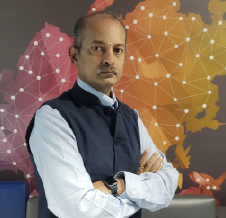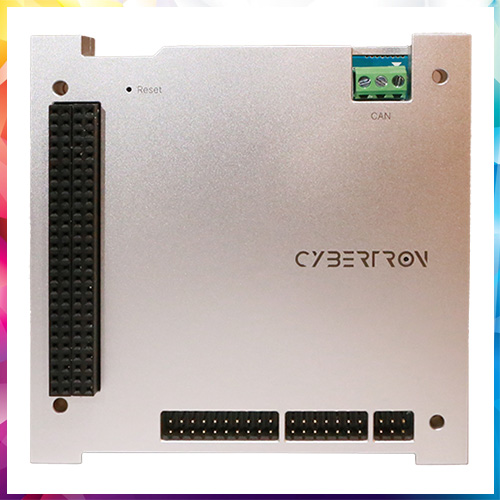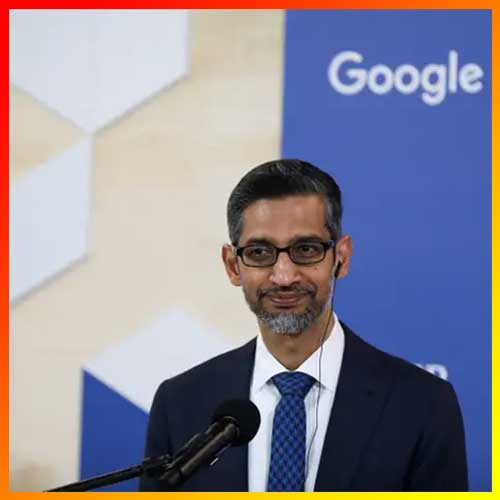
BSNL’s rollout will extend mobile services to over 26,700 previously unconnected villages, including 2,472 in Odisha, using solar-powered towers—creating India’s largest green telecom network and enhancing connectivity in remote, underserved, and conflict-prone regions
In a major leap towards India’s digital self-reliance, Prime Minister Narendra Modi on Saturday launched Bharat Sanchar Nigam Limited’s (BSNL) first fully indigenous 4G network from Jharsuguda, Odisha. The rollout marks a key milestone in the Digital India initiative and coincides with BSNL’s silver jubilee celebrations.
Described by officials as a "transformational step", the swadeshi 4G network aims to significantly reduce India’s dependence on foreign telecom technologies. Built entirely with homegrown infrastructure and software, the project highlights India's emerging role in domestic telecom manufacturing.
Over 97,000 new towers commissioned
As part of the launch, over 97,500 4G mobile towers were inaugurated across the country, including 92,600 equipped with the new indigenous 4G technology. The towers, constructed at an investment of approximately ₹37,000 crore, are expected to serve over 20 lakh new users.

In a major boost to rural connectivity, the initiative will bring mobile services to more than 26,700 previously unconnected villages, including 2,472 in Odisha alone. Many of these locations lie in remote and left-wing extremism-affected areas, making this expansion a critical infrastructure upgrade.
An added focus on green technology makes this rollout particularly notable — with a large number of the new sites powered by solar energy, it constitutes India’s largest cluster of sustainable telecom installations to date.
Odisha set to become a tech hub
While addressing the launch event, Prime Minister Modi emphasized the government’s commitment to Odisha’s development. Calling the state “rich in natural resources yet historically underserved,” he announced the approval of two semiconductor units and plans for a semiconductor park, positioning Odisha as a potential hub in India's growing electronics manufacturing ecosystem.
“The next decade belongs to Odisha. With improved connectivity and high-tech investments, we’re ensuring the state is not left behind,” Modi said.
The new 4G network is cloud-native and future-ready, allowing for seamless upgrades to 5G technology in the near future. It also forms part of the Digital Bharat Nidhi initiative, which aims to deliver 100% 4G saturation across 30,000 villages under a mission-mode approach.
With this launch, India reinforces its ambition to bridge the digital divide and lead with homegrown technology in one of the world’s fastest-growing digital economies.
See What’s Next in Tech With the Fast Forward Newsletter
Tweets From @varindiamag
Nothing to see here - yet
When they Tweet, their Tweets will show up here.



























